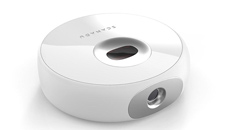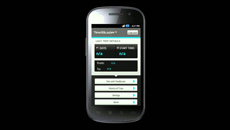Researchers have developed a nano-sensor that can mimic what happens in your mouth when you drink wine.
To put it simply, the sensor is a kind of mini-mouth that uses salivary proteins to measure the astringency that occurs in your mouth when you drink wine.
Astringency is the ability to contract or draw together soft body tissues to check blood flow or restrict secretion of fluids.
Researchers at the Interdisciplinary Nanoscience Centre of the Aarhus University in Denmark are looking at how the proteins change in the interaction with the wine and they can use this to describe the effect of the wine.
"We do not want to replace the wine taster. We just want a tool that is useful in wine production," said first study author Joana Guerreiro, a PhD student at Aarhus University.
Quite specifically, the sensor is a small plate coated with nano-scale gold particles.
On this plate, researchers simulate what happens in your mouth by first adding some of the proteins contained in your saliva.
After this, they add the wine.
The gold particles on the plate act as nano-optics and make it possible to focus a beam of light so as to precisely measure something that is very small - right down to 20 nano-metres.
"This makes it possible to study and follow the proteins and to see what effect the wine has," Guerreiro explained.
The technique itself is not new.
"What is new is using it to create a sensor that can measure an effect rather than just the number of molecules. In this case, the effect is the dry sensation you get in your mouth when you drink wine," Guerreiro noted.





